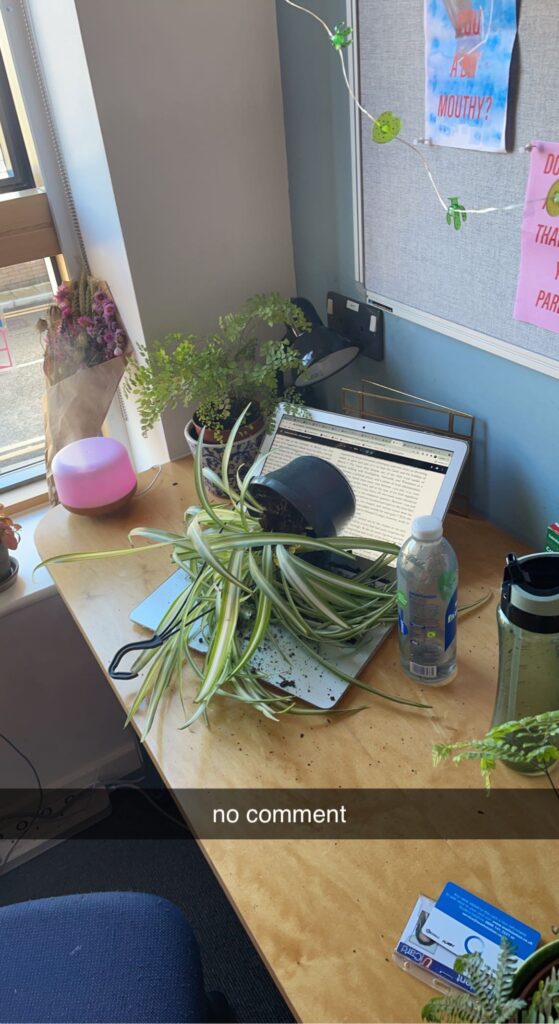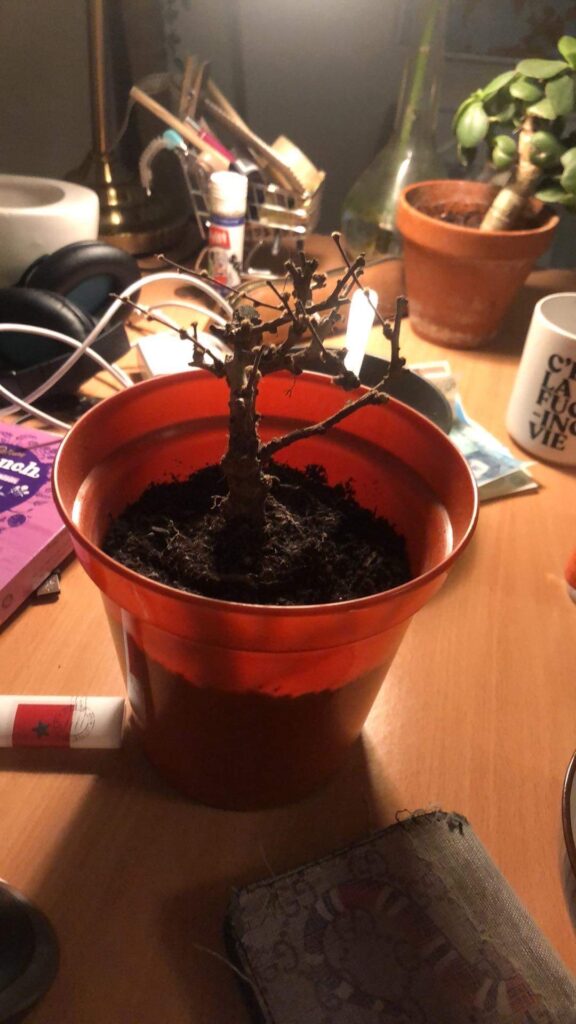
Is your houseplant dying? Read this seven step guide to reviving your foliage friends
It’s really not that hard…
Picture the scene: your friend gets you a luscious new plant for your birthday and you place it proudly on your desk, brightening up your dingy student room and making you the envy of all your mates who can’t keep a cactus alive.
But, alas, fast-forward two months and it is a withered shell of its former self, regretfully consigned to the bin.
If this rings a bell then fear not, for we have put together a handy guide to not killing your plants.
1. Water

Mary Berry doesn’t like a soggy bottom so why would your plants?
Be very careful not to overwater as there really is no coming back from root rot. An easy way to check your plant is getting just the right amount is by sticking your finger an inch or two into the soil- if it’s dry then give it a drink, otherwise leave it alone.
If you’re feeling really fancy then you could opt for bottom-up watering, putting your plant in a bowl of water and letting it take what it needs. Be sure not to leave it sitting in water for more than 30 minutes, though.
2. Light

I can promise you that your poor little spider plant doesn’t enjoy gathering dust at the top of your wardrobe.
Especially during winter, it is important to make sure your plants are getting enough light.
Open your curtains every day to ensure maximum sunlight. Unlike you, they are not happy to wake up at 4 pm surrounded by Jason Donervan boxes and regret.
If your plant is particularly delicate, for example, a fern probably won’t like being in full sun, so put it in a partially shaded spot.
3. Bugs

Why bother watching I’m A Celeb when you can recreate a bushtucker trial in your own room?
I hate to break it to you but more often than not your plant will be infested with a pest of some sort from the shop.
The most common issue is fungus gnats, those really tiny bugs that fly around your plant. They live in the top layer of the soil so you’ll need to dry it out a tad and invest in some yellow sticky traps to catch the buggers.
It’s good practice to keep any new addition to your collection in a separate room for a few weeks to avoid spreading the infestation to your other plants.
4. Dead leaves

It’s time to break free from your toxic relationship with the half-dead basil plant you put in the kitchen as décor.
Don’t be afraid to snip off all the dead leaves from your plant- although it may now look instead like a weed you found in Royal Fort Gardens, it will encourage new growth and can actually be quite therapeutic.
5. The pot

As tempting as it might be to impulsively splash the cash on a twenty-quid pot that doesn’t quite fit your plant but looks oh so edgy, this will most definitely cause some upset.
Plants need adequate drainage, so make sure if you’re putting it straight into a ceramic pot that it has a hole at the bottom for water to leave through.
Most plants, however, come in a plastic nursery pot with holes at the bottom- put this inside a bigger pot, this way any excess water will collect in the big pot for you to tip away. Much easier than running for the sink when you realise you’ve fucked it and water is flooding onto your carpet.
6. Repotting

If you see roots growing out of the bottom of the pot, it’s time to upscale.
Generally, you should upsize the pot’s diameter by two inches and pop some fresh houseplant soil in to top it up.
This is probably best carried out at home to save pissing your deposit away because you embedded mud in the carpet.
7. Home for the holidays

So, you’ve followed all our advice and your plants are looking spectacular. Don’t ruin your hard work by leaving them unattended for the whole of Christmas.
If you can, take the most delicate plants home with you. For the poor soldiers left behind, it might be worth buying a capillary mat (Google it) depending on how emotionally attached you’ve gotten.
Related stories recommended by this writer:
• Bristol student broke their leg during a night out in the beloved club La Rocca
• Bristol University students’ dating disasters and sex scandals









































